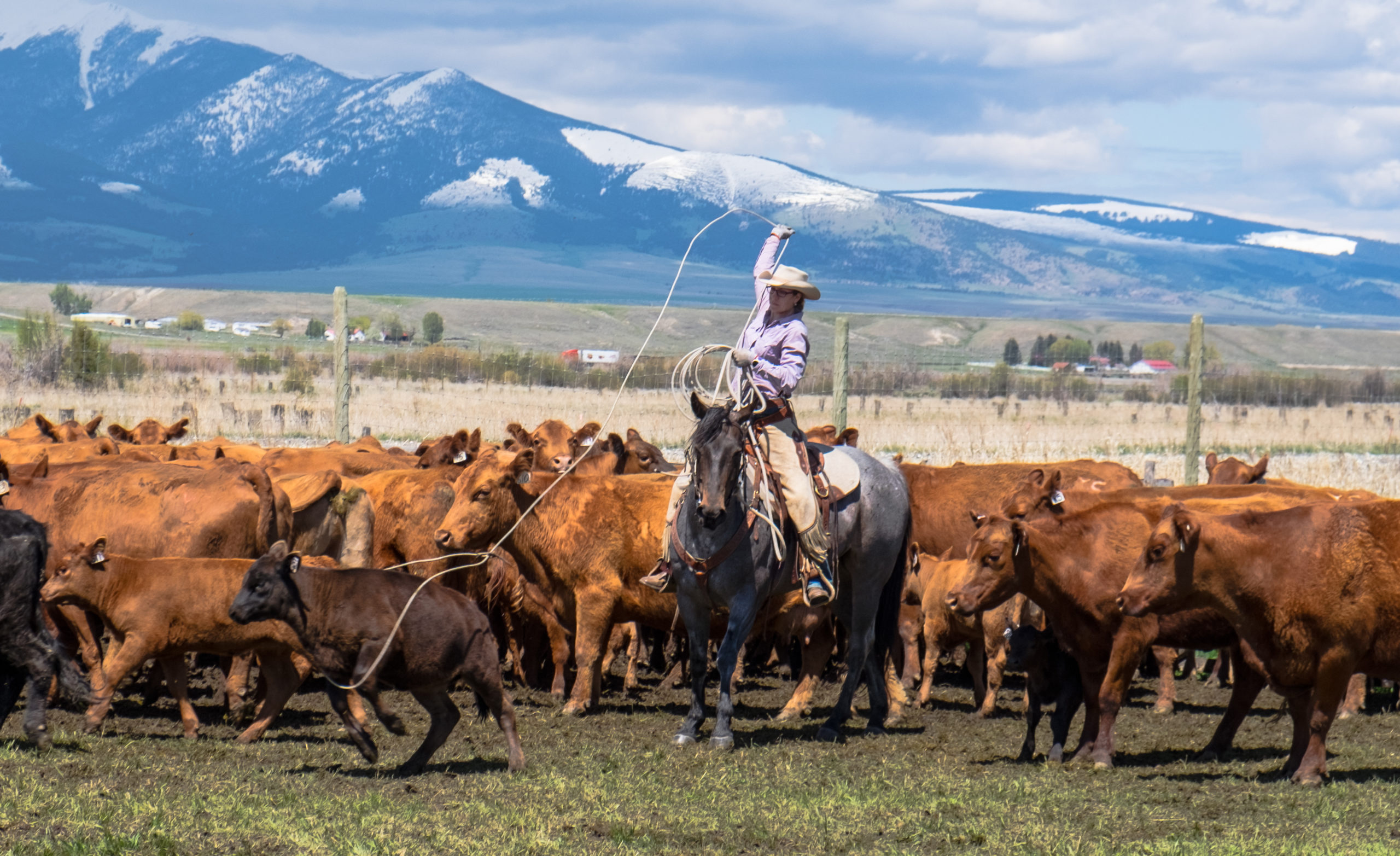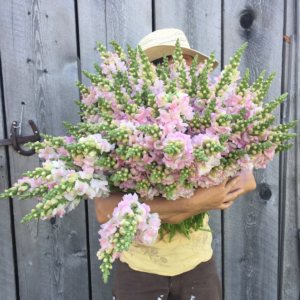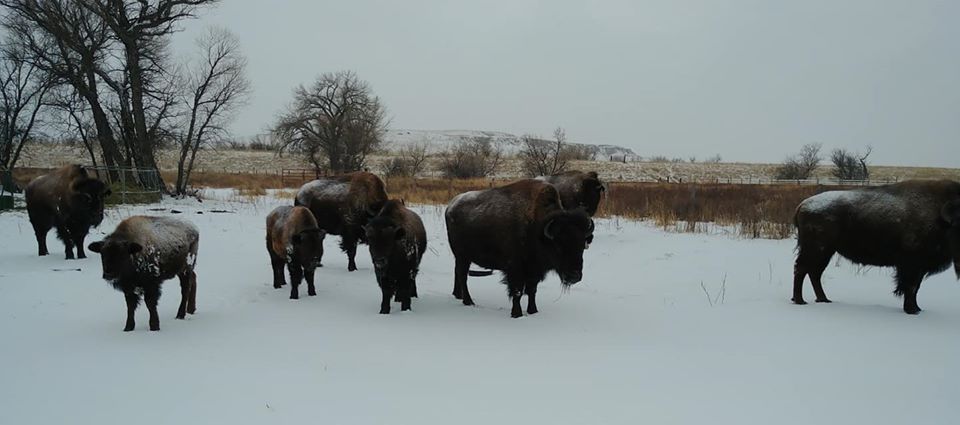If your goal is to see your land farmed or ranched, Land Link Montana is for you! Land Link is designed to assist you in finding a farmer or rancher who will be a good fit for you and your land.
We recognize that every landowner’s circumstance is unique, and we work with all types:
o Retiring farmers and ranchers looking to pass their land on to the next generation of producers
o Non-agricultural landowners looking to lease some of their land to a farmer
o Farmers and ranchers approaching retirement looking to mentor and/or partner with a beginning farmer or rancher
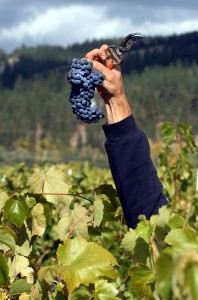
WHAT YOU CAN DO
-
Where Do I Start Worksheet – Fill out a short worksheet focusing on big picture thinking and goals.
-
Review the information on this page to build your understanding of the program and to ensure your listing includes all the important information.
-
Browse resources for education and planning farmland access, tenure, and transfers.
-
Create an account and fill out a Landowner application.
-
Search for farm seekers in the Database.
-
Once connected with a potential farm seeker – Secure the Land.
HOW CAN WE HELP
-
Provide support with lease-writing – however, all land decisions are solely made between you and the land seeker.
-
Provide workshops and trainings.
-
Help with other potential challenges that arise.
-
Sign up for our monthly Farm Link e-newsletter to receive updates on new land listings.
THE APPLICATION PROCESS
To create a listing in the Land Link database:
-
Read through the Land Seekers page to learn about what we’re asking for from them.
-
Create a Farm Link account and fill out the Landowner application
-
Read through the FAQ section on the Land Lank Page
-
Complete the application as thoroughly and thoughtfully as you can. May take us 3-5 business days to review your application to ensure that all of the questions have been answered.
-
If your application is approved, we will send you an email notifying you that your listing is live and giving you the link to it so that you can share it with potential land seekers, friends, and family. As noted above, from this point on the process is primarily up to the land seekers, although you can search the database for land seekers as well
-
Once you’ve made a match in the program through a lease or purchase of property, please contact Mary to let us know so we can remove your listing and celebrate your success!
TIPS FOR MAKING A MATCH
What’s the key to a successful land match? Your story! Landowners turn to Land Link over other real estate services because they care about the land, and they want to make a connection with someone who will be a good steward. Land seekers turn to Land Link for the same reason: to make a meaningful connection.
As a landowner, use your profile to:
o Pin your farm on the map
o Tell your farm’s story
o Describe your vision for the land
o List the farm’s characteristics
o Upload photos of the land and/or buildings
Some things to consider when viewing profiles:
-
Range of things you might be open to and types of farming to which you are completely opposed.
-
Remember that the narrower your vision for your land, the more limited the pool of potential land seekers will be.
-
Think about the things that are important to you about how you use your land.
-
-
Make sure that your expectations are appropriate for the types of farming you’re open to.
-
Farmers and ranchers make fantastic neighbors, but it’s a good idea to think carefully through your needs and expectations and make sure you find a match that fits them well.
-
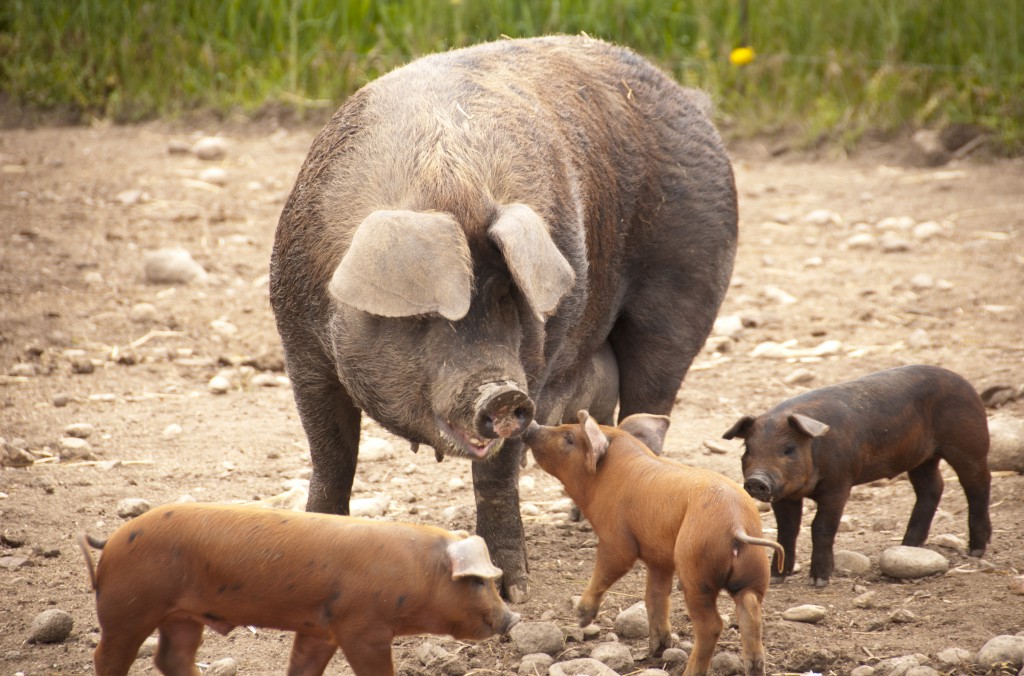
When you are contacted by a land seeker, remember to be:
Patient and open-minded with them! Typically, in our country, we access land through intermediaries – realtors – and it takes a leap of faith to call a landowner on the phone. While we encourage them to have a carefully prepared pitch ready for their call to you, there’s a chance that they will be nervous and may have a hard time explaining their plans. They also may try to be humble and may not be prepared to tell you about all of the experience they have. We encourage you to try to meet in person so that you can get a better sense of them and whether you might make a good fit for each other. Feel free to ask lots of questions when you meet and make sure that your needs and expectations will be met by any arrangement you enter into.
LEASING LAND to a farmer
Here are some helpful resources if you’re considering leasing to farmer or rancher.
Leasing is not without its challenges. The foremost challenge is writing a lease that protects you and the landseeker equally.
-
Lease writing is to get clear on goals – yours and the landseekers.
Develop a written lease agreement that combines the goals and resources of the owner and tenant into a package.
-
The agreement should encourage use of the optimum levels of technology, capital, labor, and management for profitable operation of the farm.
-
Consideration should also be given to yield and price risk and who will bear them.
The division of risk is key in determining what kind of lease is acceptable to both parties.
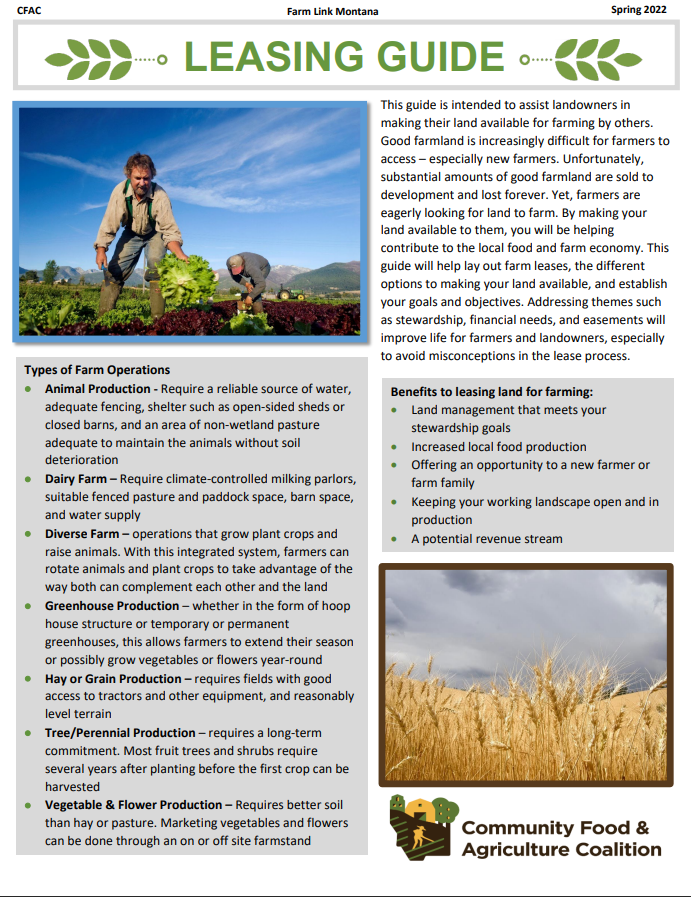
CFAC’s Landowners Guide to Leasing
This resource was developed by CFAC to help guide landowners through the leasing process. Click here to Download!
Using Leases to Meet Financial and Stewardship Goals
This resource from the Farmers’ Legal Action Group covers the pros and cons of leases versus buying, landowner benefits of leasing, basic requirements and terms, and how to structure leases to encourage or require the use of sustainable practices.
Farmland Changing Hands: A Study of Innovative Land Transfer Strategies
A guide put together by Washington Farm Link and the Cascade Harvest Coalition. The guide highlights projects and strategies for land transfer, tenancy, and ownership that have good potential for increasing land access among beginning farmers.
Affording Our Land
Created by The Greenhorns, chapter 2 of this resource, “Land Tenure by Leasing,” outlines not only the elements of a good lease agreement, but also reasons one might benefit from leasing as opposed to owning land, general information about the leasing process, and an overview of different lease types.
A Landowner’s Guide for Leasing Land for Farming
This is a comprehensive resource from Land For Good which, specifically in chapter two, explains the benefits of leasing land from the perspective of the landowners. It also provides an overview on successful landowner-tenant relationships (chapter 6) and leasing information (chapters 7 & 8).
TYPE OF LEASES & SAMPLES
*These documents are not intended to take the place of legal advice*
Iowa Farm Lease
This document serves as a template for developing an agreement to fit a leasing situation. While formulated for leasing in Iowa, this detailed resource outlines options for cash rent, flexible cash rent, and crop share agreements, and would be best utilized as a starting point from which land seeker and landowner could pick and choose what is most compatible with their situation.
Model Agricultural Ground Lease
This PASA document serves as a template for leasing land in the model of a ground lease. An agricultural ground lease is an agreement through which a tenant is permitted to develop a piece of property during the lease period, after which the land and all improvements are turned over to the property owner. In this model, ownership of the land is typically separated from ownership of buildings on the property.
Short-term Lease Agreement
This Land For Good document serves as a template for leasing land for one or two seasons. Note at the end of the document there is a list of potential forms to include as attachments.
Multi-year Lease Agreement
This Land For Good document serves as a template for leasing land for two or more years.
Long-term Lease on Public Land
This Land For Good document serves as a template for leasing farmland on public land.
Crop Share Lease agreement
This Land For Good document serves as a template for leasing land, specifically in the crop share model. While specific to the crop share model, this resource could also lend helpful language to other leases created for other models.
A Written Lease or Agreement – Step by Step
The main goal of a lease is to develop a fair agreement understood by both parties. This step by step guide will help you identify what “should” be in your agreement.
LEASE RATES
Cropland and Livestock Leasing in Montana
If you’re interested in learning more about Crop Share Leasing or Livestock Leasing, check out this short presentation by George Haynes of MSU Extension.
Planning for On-Farm Success, Module 8: Land Access
Pages 7-9 of this Farm Link Montana resource outline a comprehensive overview of negotiating lease rates for various types of leasing.
How to Determine the Right Farm Rental Rate
Created by the University of Vermont Extension, this guide supports farmers and landowners through the process of determining a fair cash rental rate for farmland, equipment and infrastructure. Pages 3-5 of this resource also includes a step-by-step guide outlining how to use the National Agricultural Statistics Service (NASS).
National Agricultural Statistics Service
This customizable, searchable database allows you to manipulate variables in order to view statistics on average lease/rental rates by county in Montana and in other states. Another feature of this service is located on the main page under the publication tab, and allows you to search for papers published by highly reputable sources on agricultural topics, including lease rates.
Farm Leases and Rents
This UC Davis resource outlines the types of leases as well as advantages and disadvantages for each. There are also two sample budgets to help with determining cash rent, and a leasing checklist at the end.
NEXT STEP – COMMUNICATION
No matter what direction you take, communication between landowner and land seeker is imperative! Below are some great resources for negotiation and maintaining a good owner-tenant relationship.
FINE PRINT
CFAC does not vet or endorse Land Link participants. It is the responsibility of the land seeker and landowner to safeguard themselves by clearly defining and clarifying expectations, checking references, and asking questions. CFAC is not a party to any land agreement and the terms of any agreements should be considered private agreements between the land seeker and landowner only.



